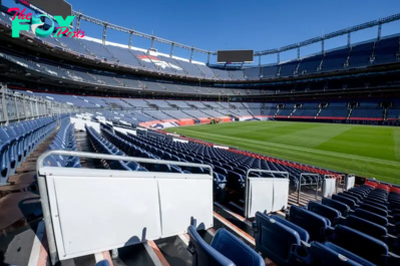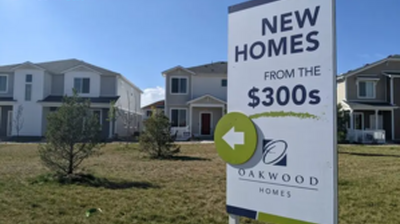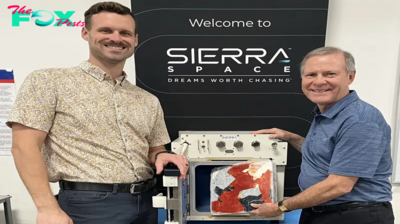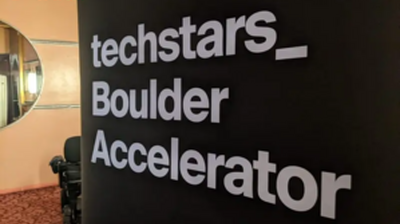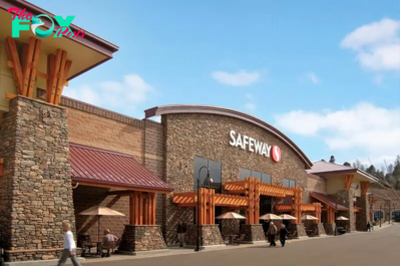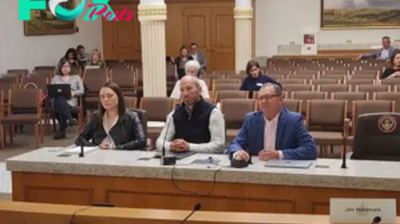Technology
U.S. Patent Office celebrates 10 years in Denver — and female inventors
By opening a regional office in Denver 10 years ago, the U.S. Patent and Trademark Office is fulfilling a mission to better reach inventors where they live.
What followed has been like icing on a cake, which will be provided at the public anniversary party Friday.
The Rocky Mountain Regional Office in Denver, the second of five to open outside of the Washington, D.C.-area headquarters, has seen a steady growth of patents from residents within its nine-state jurisdiction. Colorado, the most populated of the nine, holds the most patents in the regional group, as well as the most by women inventors.
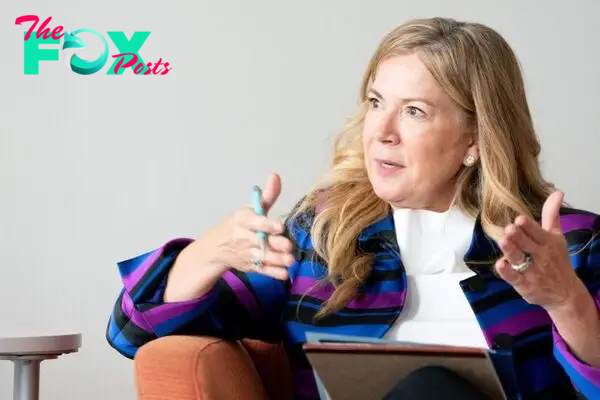
“There’s a hotbed here around Denver,” said Kathi Vidal, director of the whole patent office and in town this week for the 10-year anniversary. “The data shows that once you have women patentees, you tend to have more women patentees. But it’s also spreading out into other areas.”
In Colorado, 23% of 53,000 patent holders in the past 10 years were women, compared with 13% nationwide. Other states in the district may be smaller but also have higher rates, like North Dakota, which had 300 patents in the past decade and a 19% women’s participation rate.
There’s still room for growth. And Molly Kocialski, director of the regional office for eight of the 10 years, said it’s more about showing up in communities not used to having a federal official visit — and listening. She and her team, numbering 400-plus employees today from 29 a decade ago, spend a good chunk of their time traveling around Colorado and the other eight states. And when they reach out, they continue to build on that relationship.
“In the places where we have been able to have the conversation … we’ve seen amazing rewards,” Kocialski said. “Like in Montana. From the first time I was there until now, we’ve seen a 5X increase in the number of women patent inventors. (It’s) being very intentional about how we talk about who participates in the innovation economy, making sure that obstacles and barriers aren’t there.”
Vidal, a long-time intellectual patent attorney in Silicon Valley with a degree in electrical engineering, said that the agency had looked into the low rate of patents among women inventors. They found that women were opting out of the process, be it from discouragement, the expense or other reasons.
“So even once we get women to the door to do all the great work, women opt out at a higher rate,” said Vidal, who joined the patent office in 2022. “We’ve been trying to identify those issues and then solve them.”
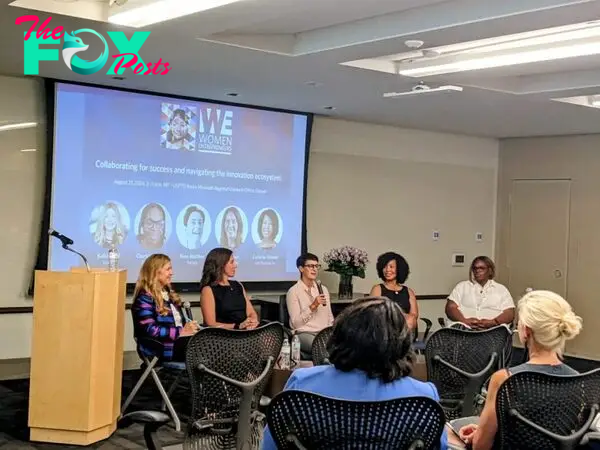
One fix? Welcome letters. In the past, she said, “They’d get a filing receipt and the next thing they get is a rejection. And you can imagine, if that’s your welcome to the system, it’s not going to seem like something that’s warm and friendly and make you want to continue on.”
The welcome letter provides an introduction to the inventor ecosystem, resources and patent tracking. All filers get the welcome letter, not just women inventors.
“It congratulates her because she can use ‘patent pending’ already,” Vidal added. “And with the next communication, that’s often a rejection. But we put it into context that this is really an opportunity for us to engage and make sure we issue her a strong patent. We want to make sure we craft the patent and the claims in a way that she gets a strong right that she can use to attract funding, to build a Business and defend her Business.”
They also started monthly “WE” seminars featuring women entrepreneurs who share their startup stories. The sessions are virtual but sometimes, as on Wednesday, guests showed up in person, which coincided with Vidal’s visit to Denver this week.
The stories and tips shared would benefit all inventors.
Charlotte Young Bowens, an ultra marathoner and employee at Arizona State University, came up with the idea of the VestaPak, a hydration vest “for bigger bodies” to hold gear and keep her hydrated while training. It’s patent pending, but not without a lot of effort as a novice inventor.
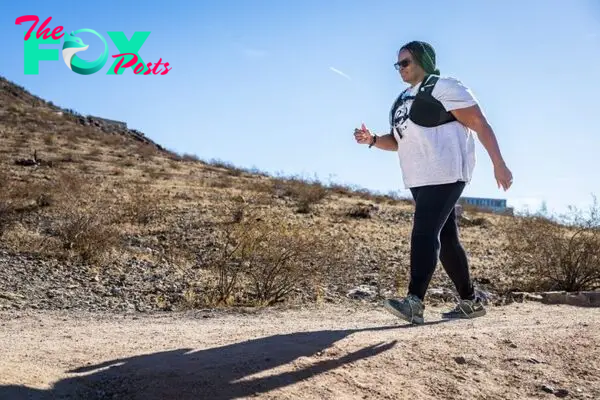
On Friday nights, she said she’d sip a glass of wine and sit on her couch to find potential entrepreneurial programs and resources. At the university, she tapped into the law school and found law students who helped with her patent and trademarks at a reasonable cost. She linked up with REI’s Embark, which provides support to outdoor-gear startups, and Target, which helped her get her vests made.
“At that point in time, I had spent $10,000 on manufacturing (samples) but none of them could figure out how to make it,” Bowens shared. She needed something big to fit her curvy body. But the results were often “a size 8,” which evoked laughter from the audience.
“And so Target said, what do you want, tell us whatever it is,” she said. “And what Target did was reach out to their manufacturing partners and say, ‘Look we support DEI, do you support DEI? Would you be willing to work with a startup company and help them with their product?’”
Six manufacturers had sample products delivered to her front door within a week. “And I was like, that actually fit,” she said.
-

 Technology1h ago
Technology1h agoTikTok, PTA host youth safety summit in Pakistan | The Express Tribune
-

 Technology4h ago
Technology4h agoWhy a Technocracy Fails Young People
-

 Technology16h ago
Technology16h agoTransplanting insulin-making cells to treat Type 1 diabetes is challenging − but stem cells offer a potential improvement
-

 Technology18h ago
Technology18h agoJapan's $26 billion deep sea discovery sparks serious environmental concerns | The Express Tribune
-

 Technology22h ago
Technology22h agoShould I worry about mold growing in my home?
-

 Technology22h ago
Technology22h agoBlurry, morphing and surreal – a new AI aesthetic is emerging in film
-

 Technology1d ago
Technology1d agoSpaceX’s Starship advances in spaceflight despite booster landing failure | The Express Tribune
-

 Technology1d ago
Technology1d agoGreat Barrier Reef faces 'significant coral deaths' following recent climate events | The Express Tribune
